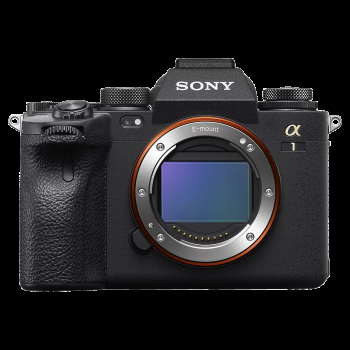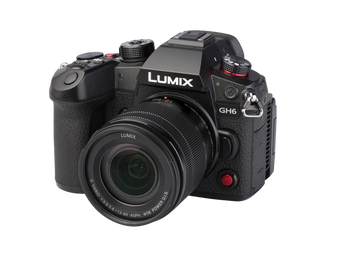- Exceptional image quality
- High-speed performance
- Advanced autofocus
- 8K video capabilities
- Durable build
- Exceptional video quality
- High frame rate options
- Stabilized footage
- Durable construction
- Flexible touchscreen
- High price point
- Complex menu system
- Heavier than competitors
- Micro Four Thirds sensor size
Sony Alpha 1 vs Panasonic Lumix GH6
The world of photography has witnessed significant advancements with the introduction of mirrorless cameras, which have revolutionized the way we capture images. Two notable contenders in this domain are the Sony Alpha 1 and the Panasonic Lumix GH6. Both cameras boast impressive features, but they cater to different needs and preferences. In this comparison, we'll delve into the details of each camera, highlighting their strengths and weaknesses.
Sensor and Image Quality
The Sony Alpha 1 is equipped with a full-frame Exmor R CMOS sensor, which provides exceptional image quality with a resolution of 50.1 megapixels. This sensor delivers outstanding dynamic range, color accuracy, and low-light performance. On the other hand, the Panasonic Lumix GH6 features a Micro Four Thirds sensor with a resolution of 25.2 megapixels. Although it may not match the Alpha 1's full-frame capabilities, the GH6's sensor is still highly regarded for its excellent image quality, particularly in video recording.
Autofocus and Speed
The Sony Alpha 1 excels in autofocus performance, thanks to its advanced Real-time Eye AF and Real-time Tracking systems. With a total of 759 phase-detection points, this camera can quickly and accurately focus on subjects, even in challenging environments. The Panasonic Lumix GH6 also features a robust autofocus system, with 315-area contrast detection and a new subject detection algorithm. While it may not be as fast or accurate as the Alpha 1, the GH6's autofocus is still reliable and suitable for most applications.
Video Capabilities
The Panasonic Lumix GH6 is specifically designed with videographers in mind, offering an impressive array of features such as 5.7K resolution at 60p, 4:2:2 10-bit color, and V-Log/V-Gamut recording. The camera's Micro Four Thirds sensor also allows for a wider range of lens options, including those with longer focal lengths. In contrast, the Sony Alpha 1 is more geared towards still photography, although it can still record high-quality video at up to 8K resolution at 30p.
Ergonomics and Durability
Both cameras feature rugged designs and weather-sealing, making them suitable for use in harsh environments. The Sony Alpha 1 has a slightly larger body, with a more pronounced grip and a higher-resolution LCD screen (9.44 million dots). The Panasonic Lumix GH6, on the other hand, is more compact and lightweight, with a vari-angle touchscreen display (3.68 million dots).
Price and Target Audience
The Sony Alpha 1 is positioned as a high-end camera, with a price tag to match ($6,500 body-only). It's primarily aimed at professional photographers who require the best image quality and performance. The Panasonic Lumix GH6, priced at $2,200 (body-only), is more accessible to enthusiasts and videographers who prioritize video capabilities and a wider range of lens options.
In conclusion, both the Sony Alpha 1 and the Panasonic Lumix GH6 are exceptional mirrorless cameras that cater to different needs and preferences. The Alpha 1 excels in still photography, with its full-frame sensor and advanced autofocus system, while the GH6 is geared towards videographers who require high-quality video recording capabilities and a wider range of lens options. Ultimately, the choice between these two cameras depends on your specific requirements and budget. If you're a professional photographer seeking the best image quality, the Sony Alpha 1 may be the better option. However, if you're a videographer or enthusiast looking for a versatile camera with excellent video capabilities, the Panasonic Lumix GH6 is definitely worth considering.


















